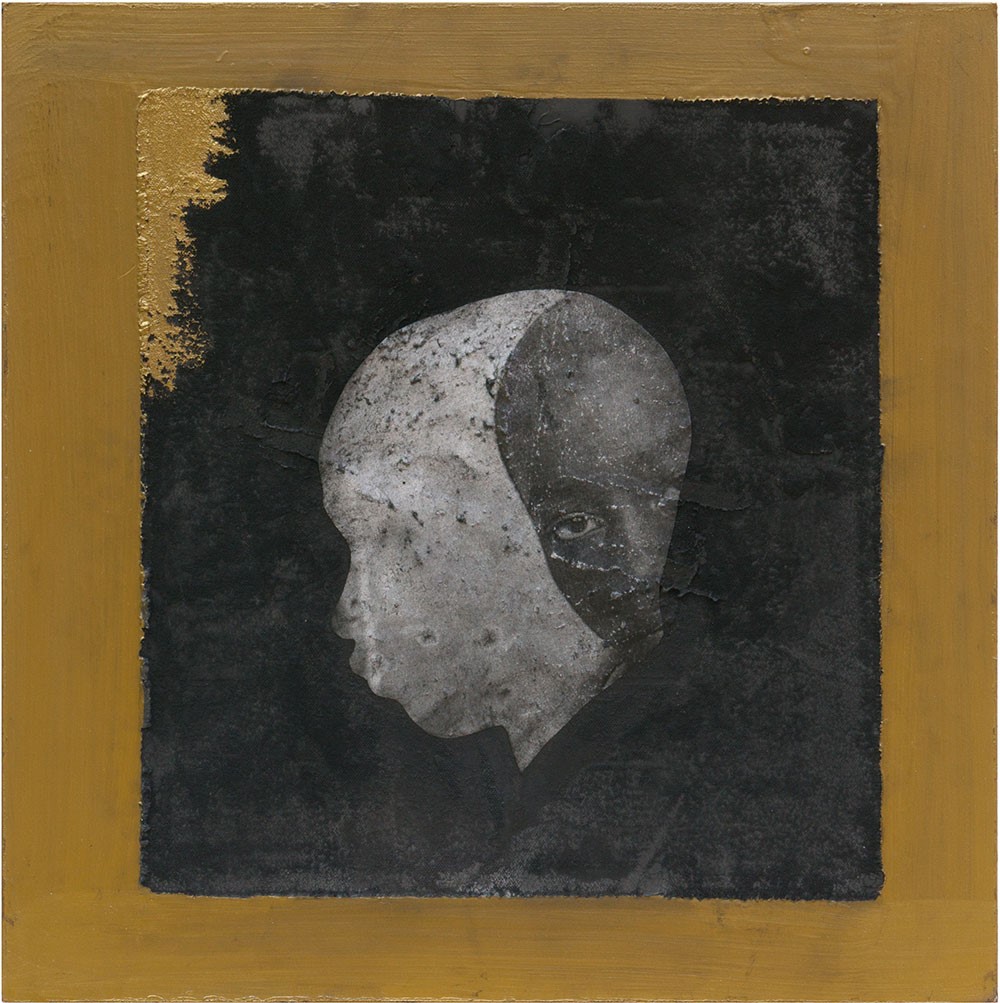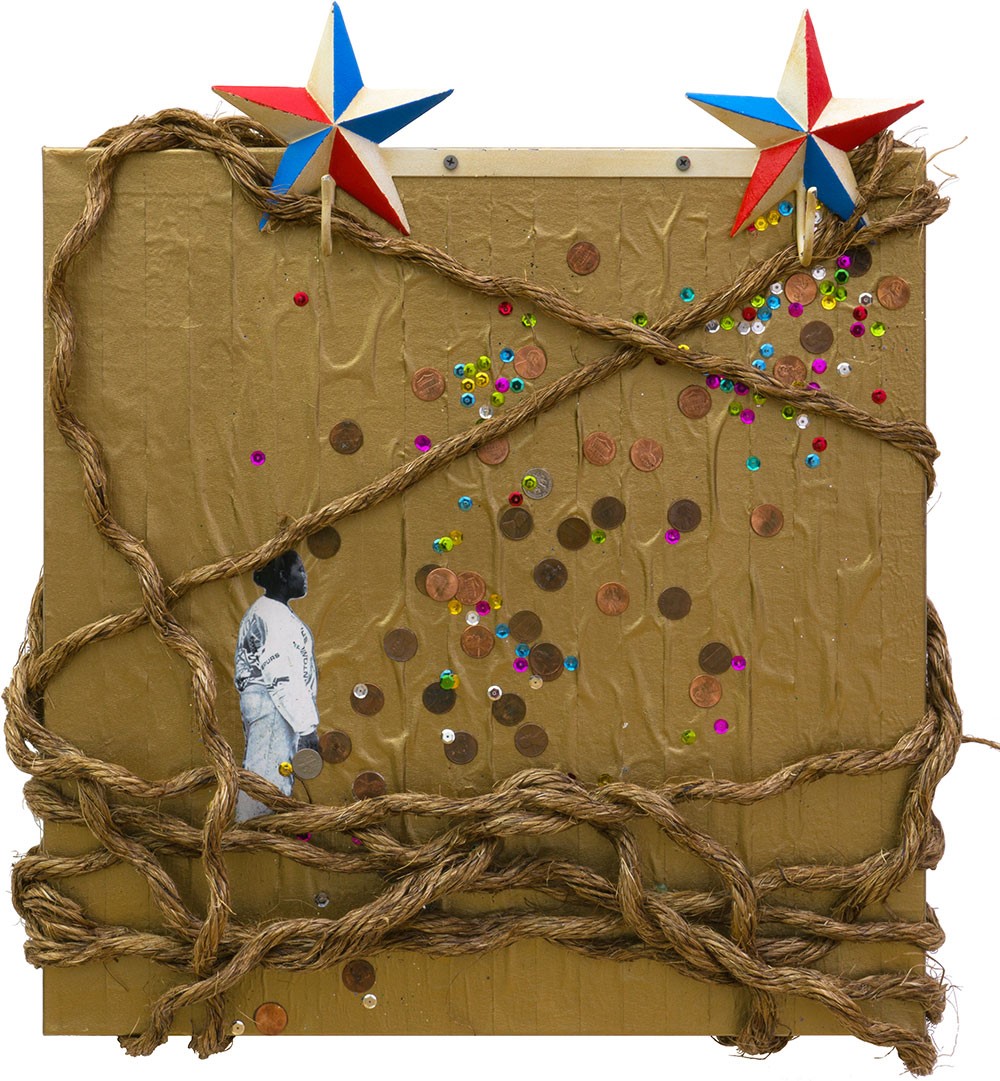Podcast: Play in new window
In the second part of a two part conversation we discuss: How to write an effective artist statement, Write an artist statement like you are infallible, An artist statement is a link between the work and the mystery behind the work, Explain the ‘why’ of the work, Generational disconnect between teachers and students in art schools, the secondary art market and how none of the money goes to artists, The myth of the starving artist, Art is not essential, Why not a starving doctor or staring lawyer, I don’t want to fail at something I know I am going to be mediocre at, Artist residencies, The desire for time, space, and money, The power of a residency is also in how you treat your time 2 months leading up to and up to 6 months after the residency itself, the most power moves are lateral, The most powerful people you meet are the people that make you feel like it was a gift that you were even around them, and Outsider art.
https://www.instagram.com/rohanayinde
About
Much of the work I make sits on the borders of painting and sculpture. Triangulating biography, American politics, and images related to African American trauma, I have developed a language that employs iconography and subtleties in tandem. The works of Cady Noland, Robert Morris, and David Hammons have provided a linage through which I view my practice. What drives my creative process most is a desire to alchemically transform objects and material to address nuance in black historical narratives. I traverse multiple styles of making and presentation to draw the viewer into an environment with each piece. I work this way as a means to reveal the power of the imagery used and evoke curiosity in the narratives that lie within them.
One of my recent works, “Things Fall Apart,” 2018, is a poetic response to authoritarian restrictions on childhood based on race. In the work, the shape of a swing set is fashioned after a police barricade and painted a matte black to mask its direct association. One of the two seats painted has an elementary triad pattern that is reminiscent of play structures, the other seat is painted with a Pan-African flag scheme and sits close enough to the ground to almost be rendered useless. The work’s primary design is to question the ability of black children to empower themselves while within a subjugated state. Alternatively, other works I make have direct responses to art historical narratives. My piece “We Aren’t Supposed to Love Each Other Anyways”, 2016, is a part of a series inspired by Robert Morris’s “Untitled (Corner Piece)”, 1964. In this work, I borrow the gesture of fabricating a plywood triangular corner piece, while interjecting a narrative of trauma in using a destroyed images of Fred Hampton, prominent martyr of the 1960’s black power movement. This gesture, combined with the minimized scale in comparison to Morris, I force the viewer to stare down at the object as if it were a headstone or backed into a corner away from prominent view. These differences highlight the range of source materials and presentations I seek. I often think of my work as a hybrid between site-specific installation and black cultural ephemera; decaying and disappearing much like the histories it draws from and therefore sits on the perimeters of an art object, a monument, and detritus.
Please be sure to visit our Patreon page and help support the podcast by being part of the conversation. The more money raised, the larger the global reach we can offer you:
https://www.patreon.com/thewisefool
For more information about the host, Matthew Dols
http://www.matthewdols.com











